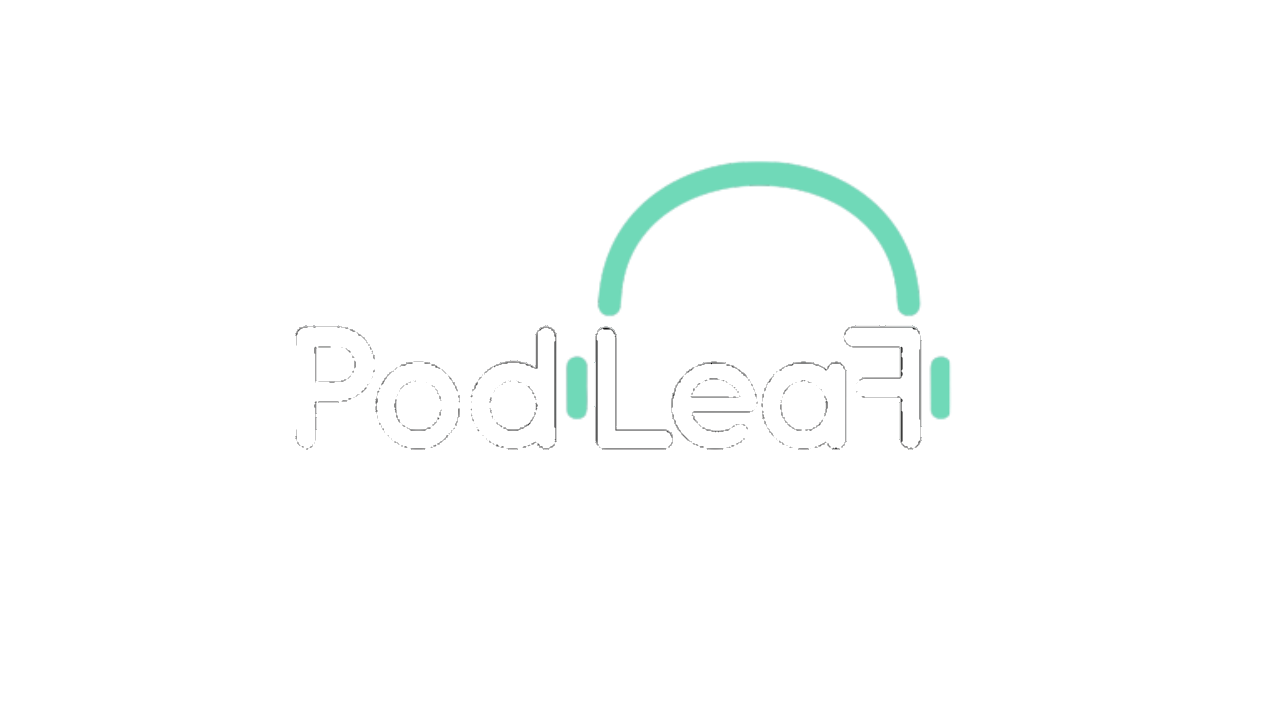Podcast Microphone For Beginners - How To Choose The Best?
Thinking about starting a podcast? The right microphone is the critical first step in making sure your voice sounds clear, warm, and engaging—not muffled or full of echo. With so many options, picking the perfect podcasting mic can feel daunting for beginners. This guide breaks down what matters, showcases mic samples, and links to trusted review resources so you can confidently choose your first microphone.
Why Your Podcast Microphone Choice Matters
A quality podcast microphone is the difference between professional, engaging audio and something listeners will turn off after a minute. Your mic captures every detail of your voice, so even budget-conscious beginners should avoid relying on built-in laptop or headset mics for their shows. Well-chosen gear not only sounds better but also makes the editing process smoother and your show more credible.
Podcast Microphone Types: Dynamic vs. Condenser
Dynamic Microphones: Durable, handle noisy rooms well, and are less sensitive to background sounds—ideal for beginners recording at home.
Condenser Microphones: Reveal richer vocal detail, but need a quiet, treated space to shine. More sensitive to room acoustics and background noise.
Connection: USB or XLR?
USB Mics: Plug directly into your computer—simple and perfect for first-timers. No extra gear needed.
XLR Mics: Offer more flexibility and higher-end options but require an audio interface or mixer. Many pros use XLR, but some mics offer both outputs for future-proofing your setup.
The Best Podcast Microphones for Beginners (with Sample Links)
Here are industry favorites, sound quality highlights, and where to experience sample audio:
1. Samson Q2U (Dynamic, USB/XLR) - Plug-and-play for both USB and XLR - Strong noise rejection—perfect for typical rooms - Often rated best value for new podcasters - Audio Samples & Reviews: Podcast Host Samson Q2U Review - Average Price: $70 - Listen before you buy!
2. Audio-Technica ATR2100x (Dynamic, USB/XLR) - Nearly identical to Samson Q2U in features - Smooth, broadcast-style sound - Audio Samples & Reviews: Podcast Host ATR2100x Review - Average Price: $50–$99
3. Rode PodMic (Dynamic, XLR) - PodLeaF Recommended - Rugged build, modern podcast sound - Needs audio interface (XLR only), but grows with your setup - Sample & Setup Guides: Beginner Podcast Mics with Audio - Average Price: $99
4. Blue Yeti (Condenser, USB) - PodLeaF Recommended - Most popular USB mic—easy setup, multi-pattern (solo/duo/group recording) - Best in quiet spaces - Hear it Here: MusicRadar Blue Yeti Review with Audio Demos - Average Price: $130
5. Shure MV7+ (Dynamic, USB/XLR) - PodLeaF Recommended - Versatile—used by amateurs and professionals alike - USB-C & XLR for both plug-and-play and pro setups - Integrated software for real-time denoise and EQ - Full audio samples + detailed review: MusicRadar Shure MV7+ with Audio - Average Price: $280
6. Rode NT-USB (Condenser, USB) - Simple, reliable, plug-and-play - Comes with built-in pop filter and stand - Sound demo & review: MusicRadar Rode NT-USB with Audio - Average Price: $99
How to Listen to Podcast Mic Samples
Want to hear before you buy? Many trusted guides feature audio demos where a tester records the same script with each microphone for true side-by-side comparison. Use the direct links above to jump to samples—pause, play, and compare while wearing headphones for the best results.
How to Choose: Step-by-Step
1. Decide your setup: Is your space noisy? Go Dynamic. Quiet and treated? Try a Condenser. 2. Choose connection: Want to start quick? USB. Want to invest for the future? Pick USB/XLR or just XLR (with interface). 3. Set a budget: Great podcast mics start at $50–$150. Spending more adds flexibility but is not required for a strong start. 4. Listen to samples: Trust your ears—compare how your favorite mics sound in real tests. 5. Get the right accessories: Budget for a stand/boom arm, pop filter, and headphones for best results.
Frequently Asked Questions
Should I buy used? Yes—if the mic is well cared for. Dynamic mics especially are robust and often last for years.
What about mobile podcasting? Consider options like the Rode Wireless or lavalier mics—great for interviews and outdoor use.
Still confused? Trusted review guides like The Podcast Host and MusicRadar let you filter by budget, read expert opinions, and hear all the audio tests in one place.
Conclusion: Your Podcast's Sound Starts Here
Choosing your first podcast microphone is your most important gear decision—get it right, and your show will immediately sound more polished and appealing. Use this guide, demo the audio samples, set your budget, and you'll be recording with confidence in no time.
Summary
- •USB microphones are simple to use and perfect for beginners.
- •XLR microphones offer professional quality but require an interface—ideal for advanced setups.
- •Look for a cardioid pickup pattern to cut down on unwanted background noise.
- •Affordable accessories like pop filters and stands can make a huge difference.
- •Always test your microphone and recording setup before your first episode.
- •Speak directly into the mic to maintain strong, clear audio throughout your show.
Conclusion
Choosing the best podcast microphone for beginners means understanding the difference between USB and XLR mics, prioritizing cardioid patterns, and prepping with a few key accessories. Testing and setup are crucial steps for new podcasters looking to record high-quality episodes with minimal fuss.
